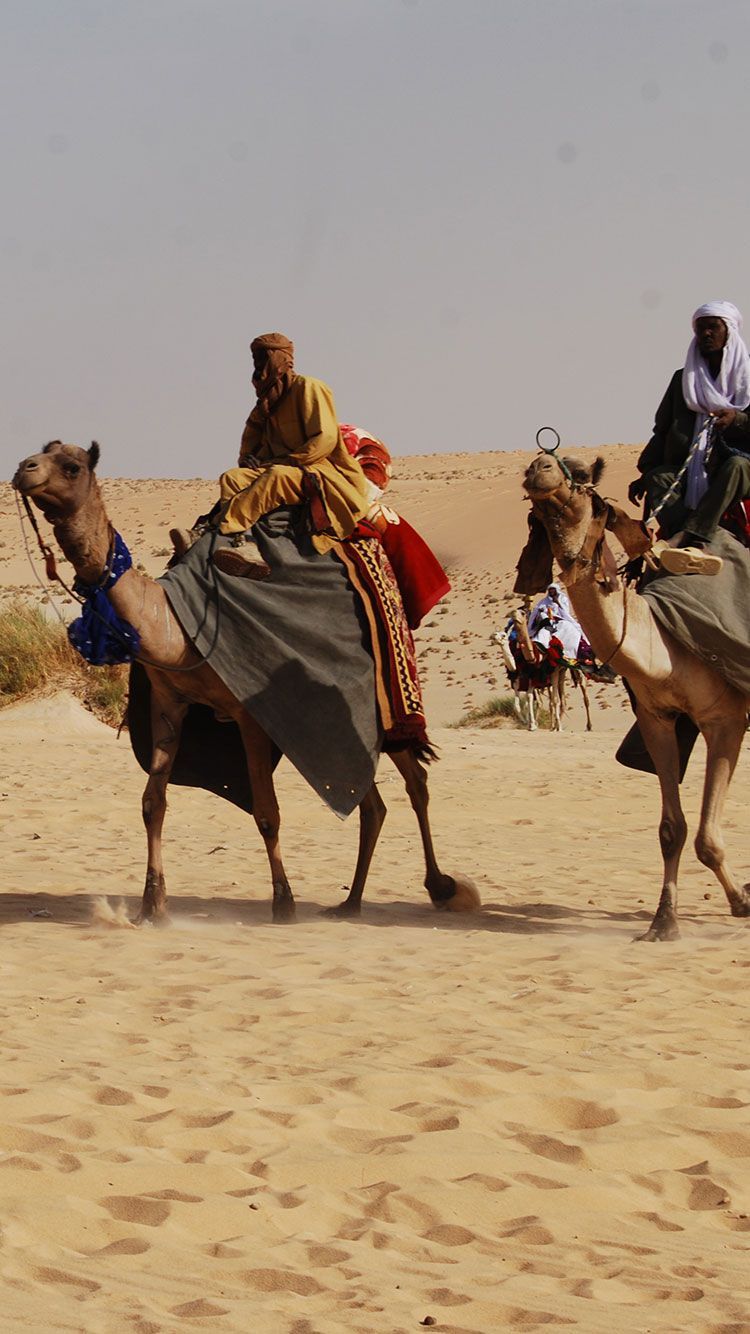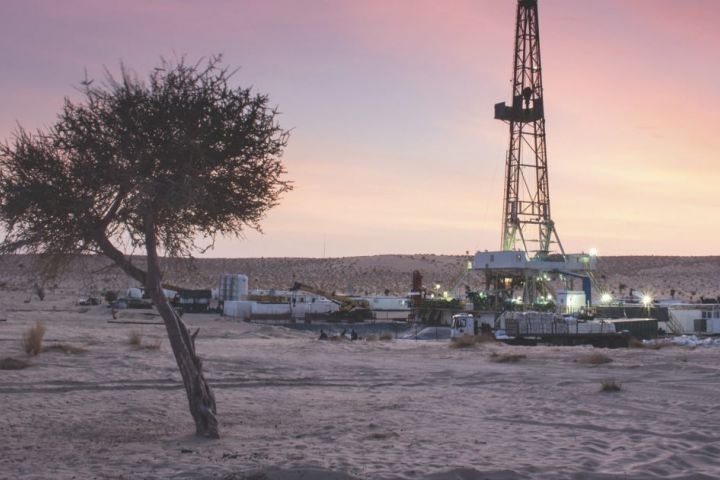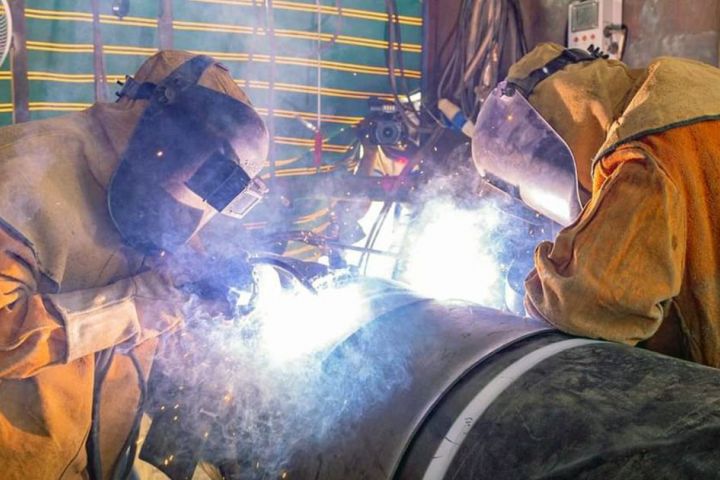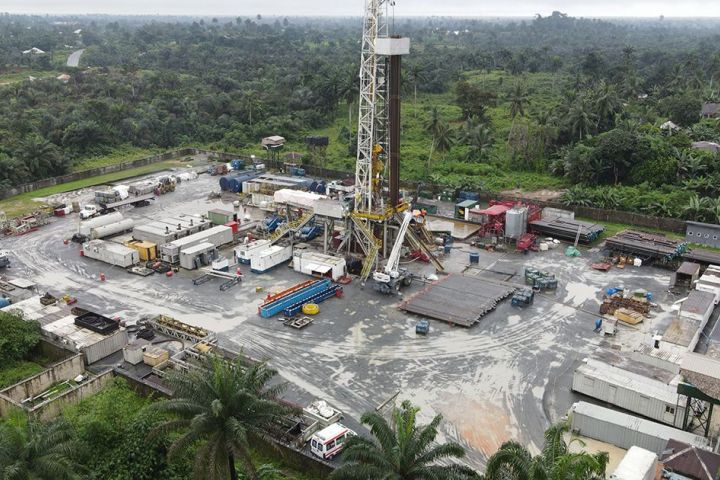Niger is a landlocked country in West Africa covering 1,266,700km2, ranking as the 19th largest in the world by land area. The terrain is mainly desert with arable land in the South West and South East of the country and its economy is focused around subsistence agriculture and raw commodity export
Niger key statistics
0m
Population1
US$0.0bn
GDP1
0.0%
GDP growth1
US$0
GDP per capita1
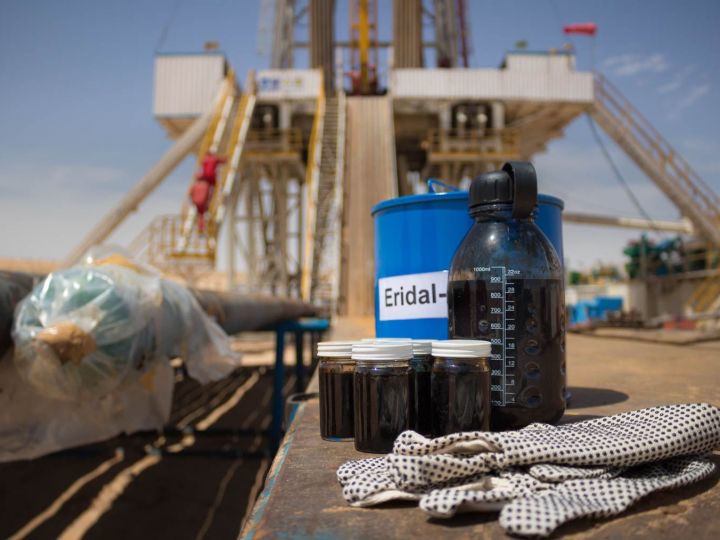
Potential of the oil industry in Niger
Hydrocarbons have become the driving force of the Nigerien economy with hydrocarbon revenues reinvested in basic social sectors, such as public health, education, agriculture and infrastructure. Niger has significant geological potential, but to date this has been largely under-explored:
- 90% of the territory is covered by two sedimentary basins (the Western Basin and the Eastern Basin), with most of the exploration having been focused in the Eastern Basin;
- Despite the recent exploration successes in the Agadem and Kafra Basins, where the majority of the discoveries were made in the shallowest Tertiary sequence, the Eastern Basins remain largely under-explored. Significant potential exists in the adjacent basins and the deeper Cretaceous sequence; and
- There has been little exploration in the east of the country due to the previous absence of export solutions and lack of technical data.
- In Q2 2024 Niger achieved first oil exports through the 1,950 km Niger-Benin oil export pipeline. The pipeline is now reported to be fully operational and transporting approximately 90 Kbopd from China National Petroleum Corporation’s Agadem licence area to the Port of Cotonou in Benin. Oil exports are forecast to contribute up to 13% of Niger’s GDP by 2025 and accelerate Niger’s economic growth by an estimated 27% and exports by 89% respectively in 2025 versus 2023 levels2.
1. Source: IMF Datamapper, 2023.
2. Estimated on a normalised basis adjusted for the impact of the ECOWAS sanctions imposed between July 2023 and February 2024.
